Growing up, board games were the ultimate way to pass a rainy afternoon or a lazy summer evening. But looking back, some of the games we loved so much weren’t exactly the safest. Whether it was sharp edges, small parts, or the sheer chaos they inspired, these games had a way of turning family game night into something a little more hazardous. Sure, we didn’t think much of it back then, but now it’s hard not to shake our heads and wonder how we all made it out in one piece. Let’s dive into the games we adored—and the hidden dangers they packed inside the box.
1. Operation
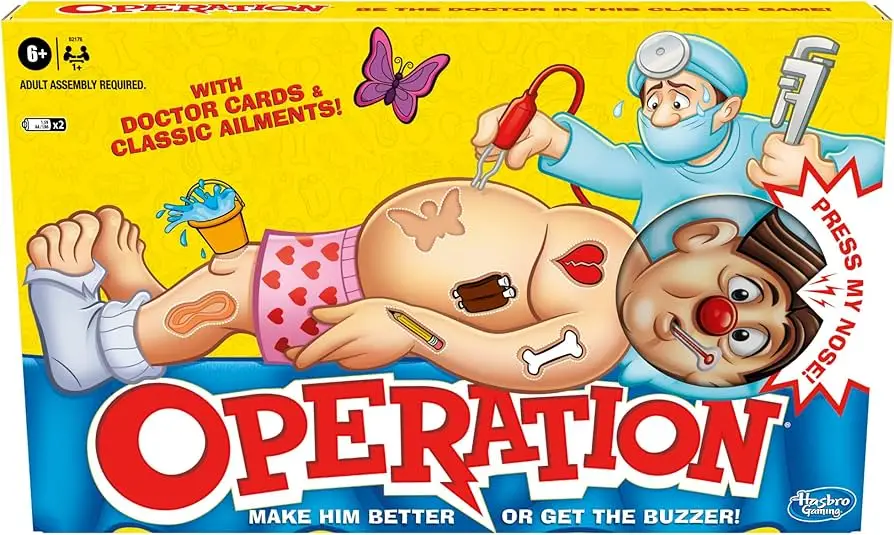
Nothing was more nerve-wracking than trying to extract the funny bone without setting off that buzzing alarm. The tiny plastic pieces in Operation were the stuff of legend—and a choking hazard waiting to happen. The tweezers required such precision that it’s a wonder we didn’t jab ourselves or a sibling in frustration. And the infamous shock of that loud buzz? It may not have been dangerous physically, but it could definitely give your heart a jolt.
It’s hard to believe this game was handed to kids with no warnings about the risks. The game was supposed to teach fine motor skills, but it often ended with tiny parts scattered across the room and tempers flaring. Still, we loved the challenge and the triumph of successfully removing the “bread basket.” Even with all its pitfalls, Operation was a staple for a reason—it was impossible to put down, even if it stressed us out.
2. Mouse Trap

This game was a marvel of engineering for kids with its winding contraptions and chain reactions. But those intricate plastic parts? They were often sharp enough to leave a scratch or two. Setting up the game was half the fun, but it was also a minefield of pinched fingers and snapped pieces. If you managed to build the trap without hurting yourself, it was almost a miracle.
Once the game got going, chaos often ensued as pieces flew off or jammed. And heaven help you if a younger sibling or a pet got too curious about the small, colorful parts. Despite the risks, we couldn’t resist seeing that trap spring into action, even if it rarely worked as advertised. Looking back, Mouse Trap was as much about the journey as the destination—and it came with plenty of minor hazards along the way.
Hungry Hungry Hippos
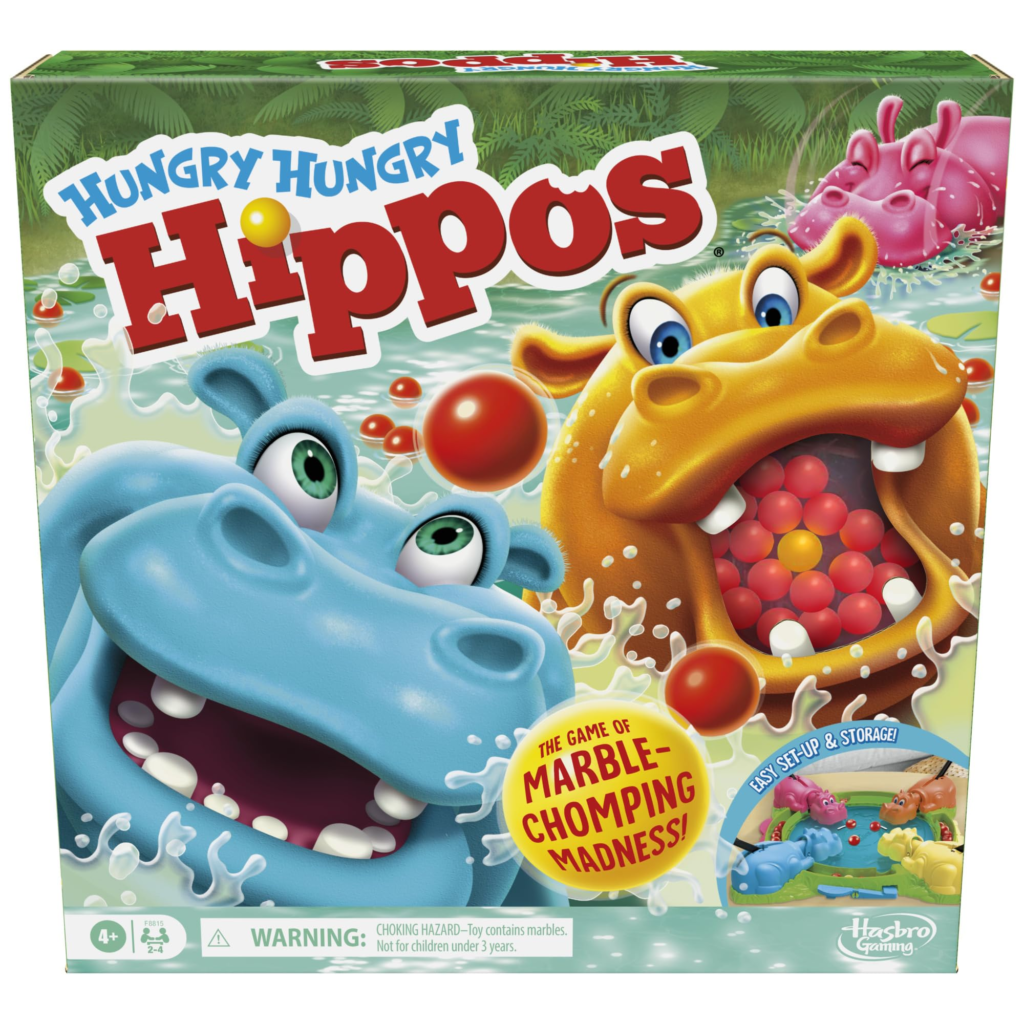
Few games were as chaotic and noisy as Hungry Hungry Hippos. The colorful hippos snapping up marbles at lightning speed made for thrilling competition, but those marbles weren’t exactly kid-friendly. Small enough to be a choking hazard, they had a tendency to roll off the table and disappear under furniture, making retrieval a game in itself. The hippo mechanisms were also notorious for pinching fingers if you got too enthusiastic, and the constant clattering noise could easily rile up a room full of kids.
What made Hungry Hungry Hippos such a hit was the pure adrenaline rush of smashing those levers and watching your hippo gobble up more marbles than your opponents. But it was also a game that rarely ended peacefully—arguments over stolen marbles or accusations of cheating were par for the course. Despite its hazards and the occasional tears, this game was a centerpiece of many a childhood game night. Its mix of chaos, competition, and colorful design guaranteed it a special place in our memories, even if it left a few bruised fingers in its wake.
4. Battleship

Battleship felt harmless at first glance, but those tiny plastic pegs told a different story. They were everywhere—on the floor, in the couch cushions, and sometimes even swallowed by overly curious little ones. Dropping one of those pegs on a hardwood floor in bare feet could rival stepping on a LEGO for sheer pain.
The game itself could also get pretty intense, with players furiously slamming down their hits and misses. Pieces would fly, tempers would flare, and sometimes the whole board got knocked over in frustration. But even with its hazards, Battleship captured our imaginations and kept us coming back for more. It’s a classic for a reason, even if those pegs were a menace.
5. Twister

You wouldn’t think Twister belonged on a list of dangerous games, but think again. This game turned us into human pretzels, with hands and feet stretched in ways they probably shouldn’t have been. The flimsy plastic mat was a slip-and-slide disaster waiting to happen, especially on a smooth surface.
Sprained wrists, bruised knees, and sore muscles were common souvenirs of a particularly intense round. Add in the competitive spirit and you had a recipe for minor injuries and major laughs. Despite its pitfalls, Twister was a rite of passage for many of us—and a reminder that sometimes the simplest games were the most chaotic.
6. Clue

The appeal of Clue was solving the mystery, but the game came with its own hazards. The tiny metal weapons, like the candlestick and dagger, were small enough to get lost—and sharp enough to cause a scratch or two. These pieces often went missing, only to be found underfoot at the worst possible moment.
Tensions could also run high as players accused each other of foul play, leading to the occasional outburst. But the thrill of piecing together the clues made it all worthwhile. Clue wasn’t just a game; it was an experience, even if it came with its fair share of risks.
7. Perfection
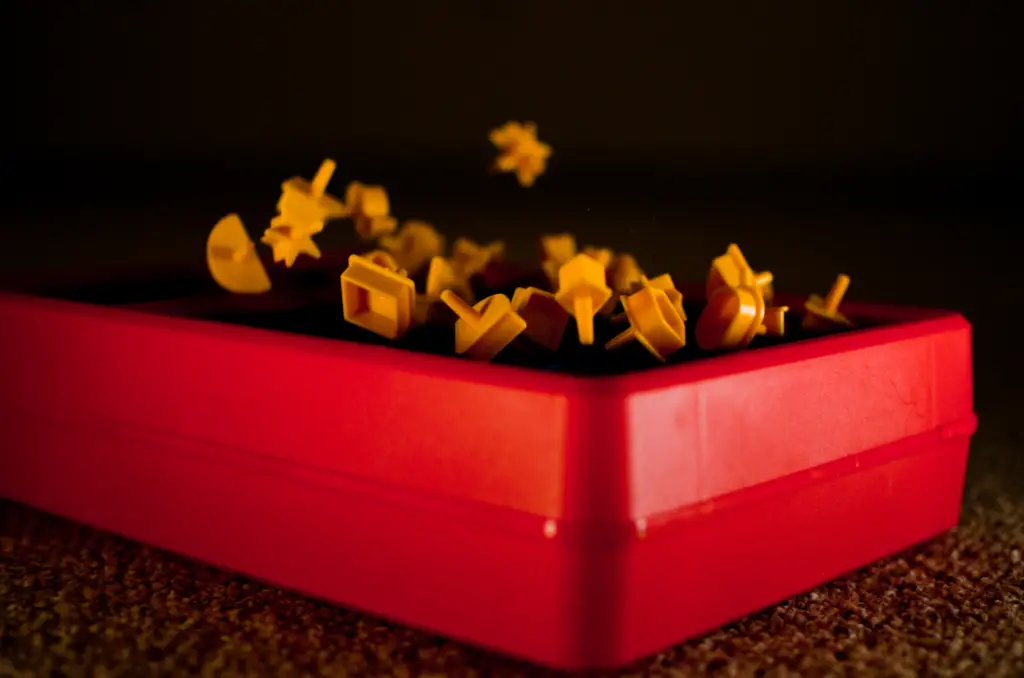
Nothing got your heart racing like trying to finish Perfection before the timer ran out. The loud “pop” when the pieces exploded out of the board was enough to send anyone into a panic. But those small, hard shapes were easy to misplace—and even easier to step on.
The game demanded speed and precision, which often led to frustrated players and the occasional overturned board. Still, we loved the adrenaline rush and the satisfaction of completing the puzzle in time. Perfection was the ultimate test of nerves—and a minor hazard to anyone nearby.
8. Sorry!

Sorry! seemed innocent enough, but the game had a way of bringing out the worst in people. The sliding pieces could cause minor pinches, and the board itself was often the center of a heated argument. “Sending someone back to start” was a surefire way to spark a sibling rivalry that might last the whole evening.
Despite the occasional tears and tantrums, Sorry! was a staple of family game night. The mix of strategy and luck kept things interesting, even if the game sometimes ended in a standoff. Looking back, it was a reminder that even the simplest games could stir up plenty of drama.
9. Risk
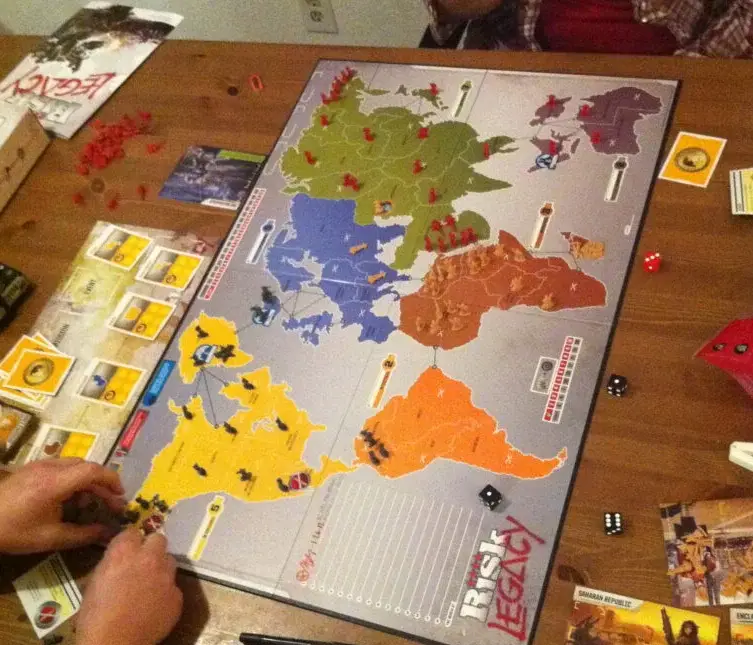
Conquering the world in Risk was thrilling, but the game’s small pieces and long playtime made it a challenge. The tiny infantry and cavalry figures were easy to lose—and even easier to choke on if left unattended. The game often dragged on for hours, leading to frayed nerves and the occasional flipped board.
Despite its challenges, Risk taught us patience, strategy, and a little bit about geography. It was a favorite for a reason, even if it came with its share of hazards. The thrill of victory made all the minor risks worthwhile.
10. KerPlunk

KerPlunk was all about pulling sticks without letting the marbles drop, but those marbles had a mind of their own. They’d roll under furniture, down stairs, and into places you’d never expect. The plastic sticks could also snap under pressure, leaving jagged edges behind.
The game’s chaotic nature often led to a flurry of marbles scattering across the floor. But we loved the suspense and the challenge of avoiding disaster. KerPlunk was a messy, noisy, and slightly hazardous delight that we couldn’t resist.
11. Cootie

Building your own bug in Cootie was fun, but the game’s small pieces were a choking hazard waiting to happen. The plastic legs and antennae were easy to lose—and just as easy to step on. The game was simple, but the potential for minor injuries was always lurking.
Still, Cootie was a hit with younger kids and a favorite for rainy days. It was colorful, creative, and just a little bit chaotic. Even with its flaws, it holds a special place in our hearts.
12. Don’t Break the Ice
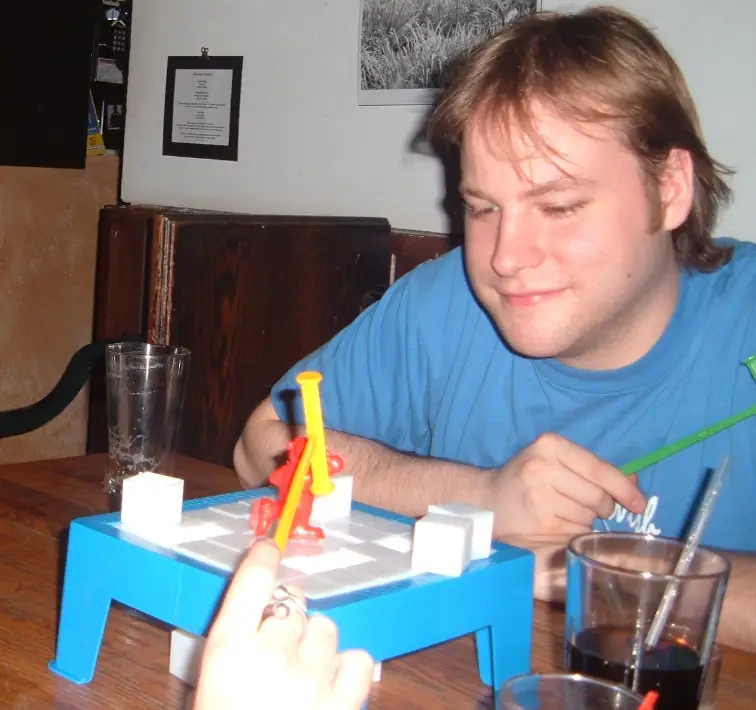
The goal was simple: tap out ice blocks without letting the whole thing collapse. But those little plastic hammers were surprisingly sturdy—and more than a few kids ended up using them as makeshift weapons. The ice blocks themselves were slippery and sharp-edged, adding to the potential for minor injuries.
The game’s simplicity was part of its charm, but it often led to some chaotic moments. Still, there was nothing quite like the tension of that final block giving way. Don’t Break the Ice was a test of skill and patience—and a reminder that even the simplest games had their risks.
Looking back, these games were a mix of fun and danger that somehow made them even more exciting. They may not have been the safest, but they taught us resilience, creativity, and the joy of friendly competition. Today’s games might be safer, but they’ll never capture the same chaotic magic of our childhood favorites.


